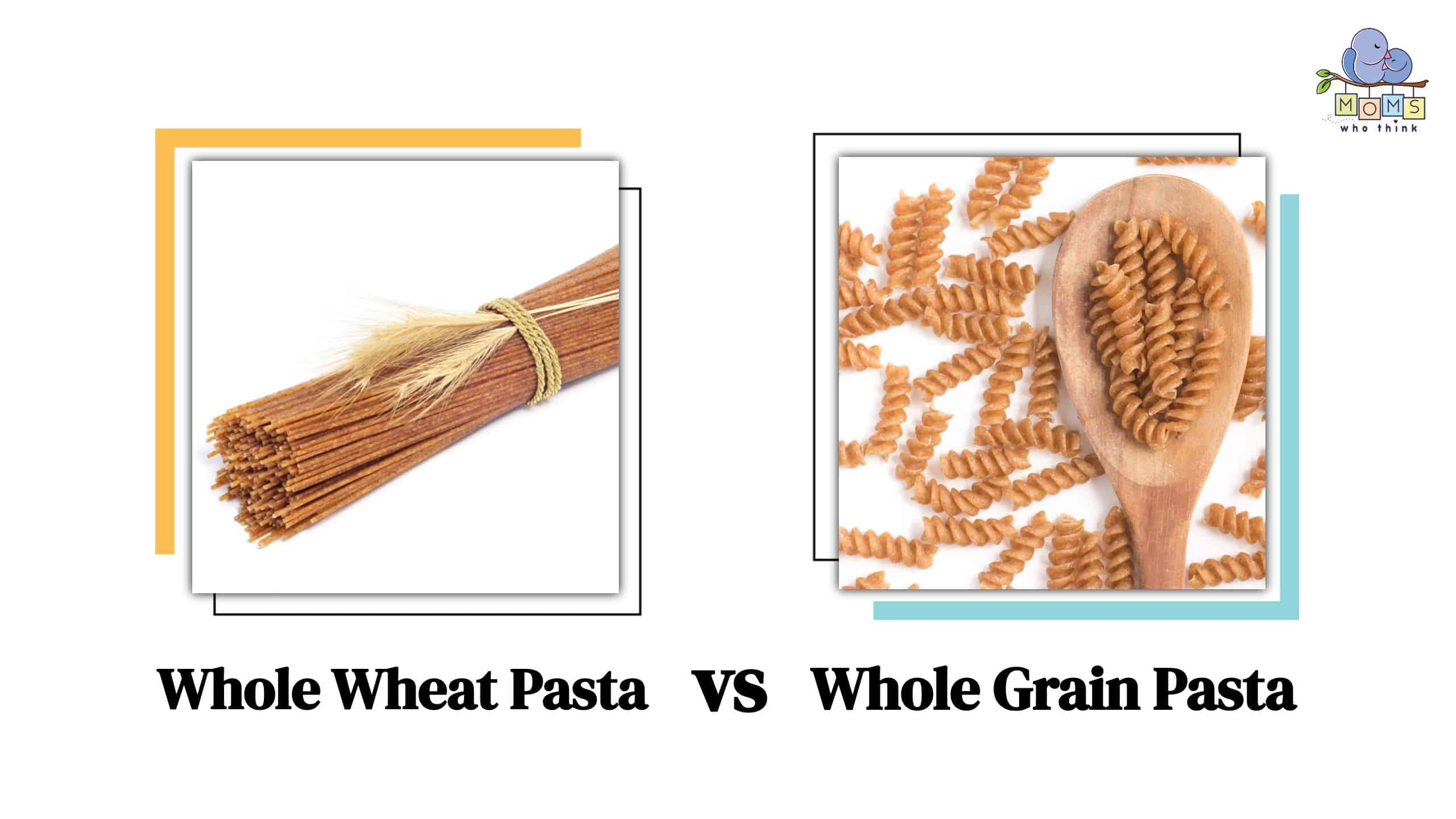There's a lot of hype right now about the difference between whole grain, whole wheat, and refined pasta. Today we're going to look at the difference between whole wheat vs. whole grain pasta, plus why they can be a better option than your regular refined pasta.
Comparing Whole Wheat and Whole Grain Pasta
The primary difference between whole wheat and whole grain pasta is that whole wheat pasta uses the entire wheat kernel while whole grain pasta can be made from any whole grain. Whole grain pasta can include oats, brown rice, rye, or quinoa. Whole wheat pasta has a denser, chewier texture and nuttier taste compared to regular pasta whereas the flavor and texture of whole grain pasta changes depending on the grains used.
Both whole wheat pasta and whole grain pasta offer nutritional benefits. Whole wheat pasta has more fiber and nutrients compared to regular pasta while whole grain offers more fiber and some grains also offer more protein.
More Details on How Whole Wheat and Whole Gain Pasta are Different
What is the precise difference between whole wheat and whole grain pasta? Each of them are made up of three components; bran, germ, and endosperm. Whole grain can be looked at as an umbrella term because whole wheat is a whole grain, but whole grain also includes other grains like wheat, oat, barley, quinoa, rice, and more. Whole wheat on the other hand only contains wheat kernels and no other grains.
Whole wheat and whole grain pasta can be a healthier pasta option for you and your family. Wheat and grain products are known to be healthier choices as they are said to improve cholesterol and glucose levels and help with weight management. Sometimes, making the switch from regular pasta to whole wheat or whole grain is not always easy for pasta lovers or picky eaters. Let's take a deeper look into the two to find out which might be the best fit for you.
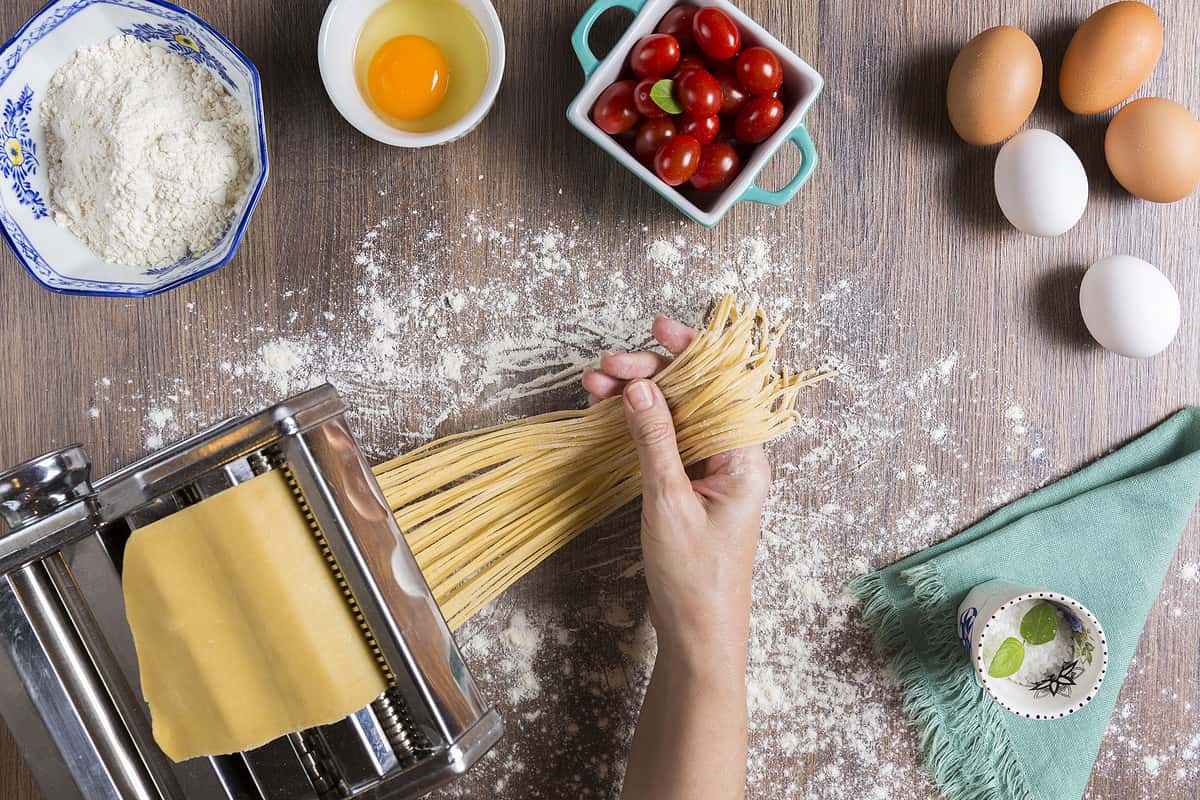
©iStock.com/kimrawicz
Whole Wheat vs. Whole Grain Pasta: Ingredients and Production
Whole wheat pasta is made specifically with the entire wheat kernel that is ground up into flour. The flour is then mixed with eggs (sometimes) and water to create a dough that is later cut and shaped into specific styles of pasta. This can be done at home or at large-scale production.
Whole grain pasta on the other hand can be made with a single type of whole grain or a combination of various whole grains. Grains that are commonly used to make pasta are wheat, barley, corn, quinoa, buckwheat, rye, etc. The process will be identical in how to make pasta, it's the ingredients that differ slightly.
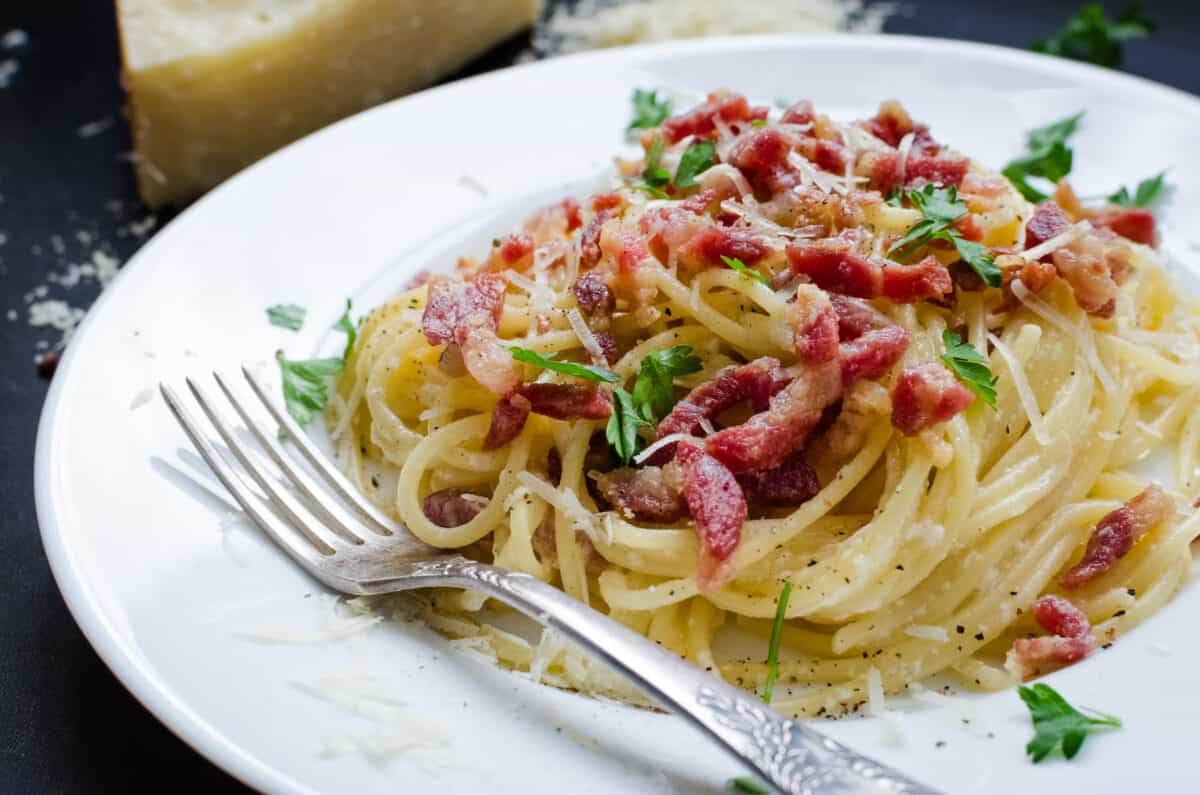
©iStock.com/NelliSyr
Whole Wheat vs. Whole Grain Pasta: Taste and Texture
Whole wheat pasta tends to have a nutty flavor. This often does not go well with the acidity of tomato sauce which is why many people decide they don't want to switch away from their regular refined pasta. Wheat pasta is better prepared with an alfredo sauce, pesto, or olive oil and garlic. When it comes to texture, whole wheat is typically going to be chewier and denser than refined pasta.
The flavor of pasta can drastically change depending on the grain used. Generally, whole grain pasta is going to have darker flavor profiles than other refined and processed pasta.
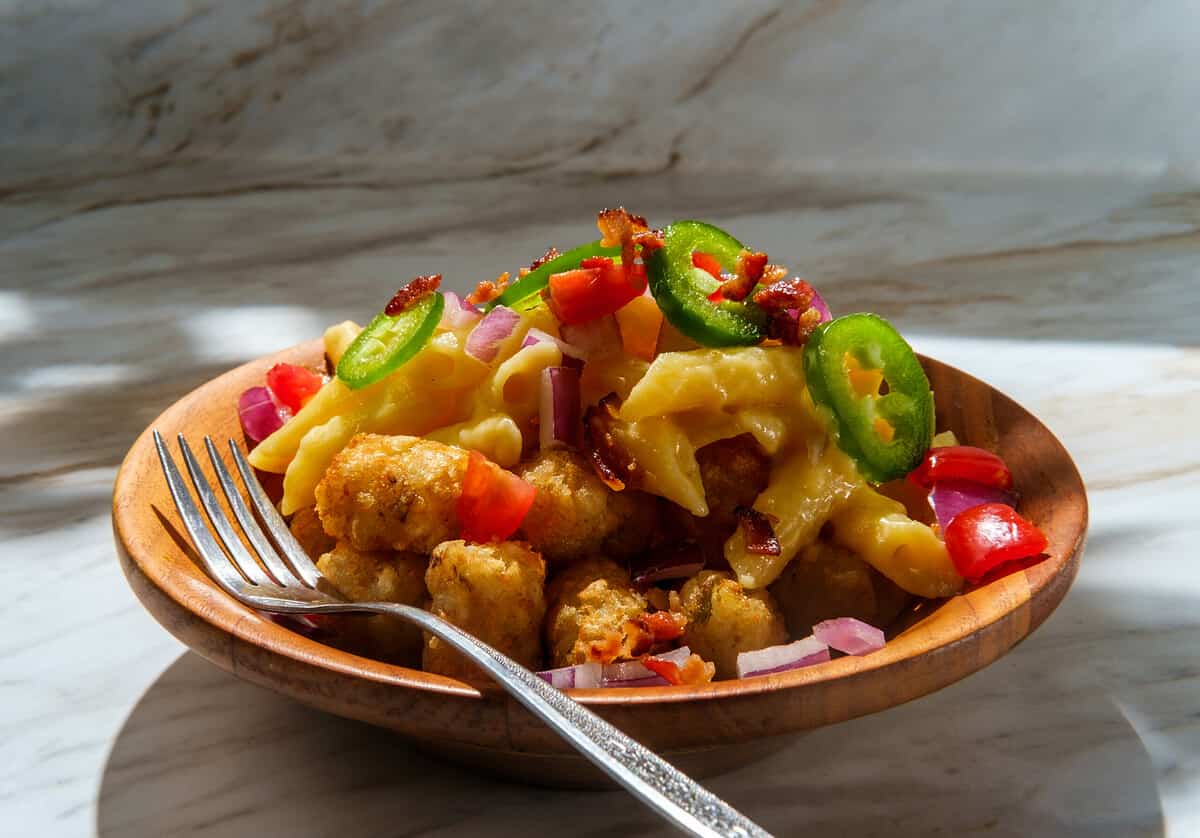
©Ezume Images/Shutterstock.com
Whole Wheat vs. Whole Grain Pasta: Culinary Uses
Whole grain pastas, including whole wheat pasta, have similar culinary uses. Their distinct flavor does have items that it is best paired with. This pasta goes well with roasted vegetables such as mushrooms, broccoli, cauliflower, cabbage, brussels sprouts, squashes, beets, and carrots. Some spices can go well with these pastas by adding chilies or crushed red pepper to your sauce. And to top it off, a tangy cow milk cheese such as Parmesan or a nutty Fontina are your best options.
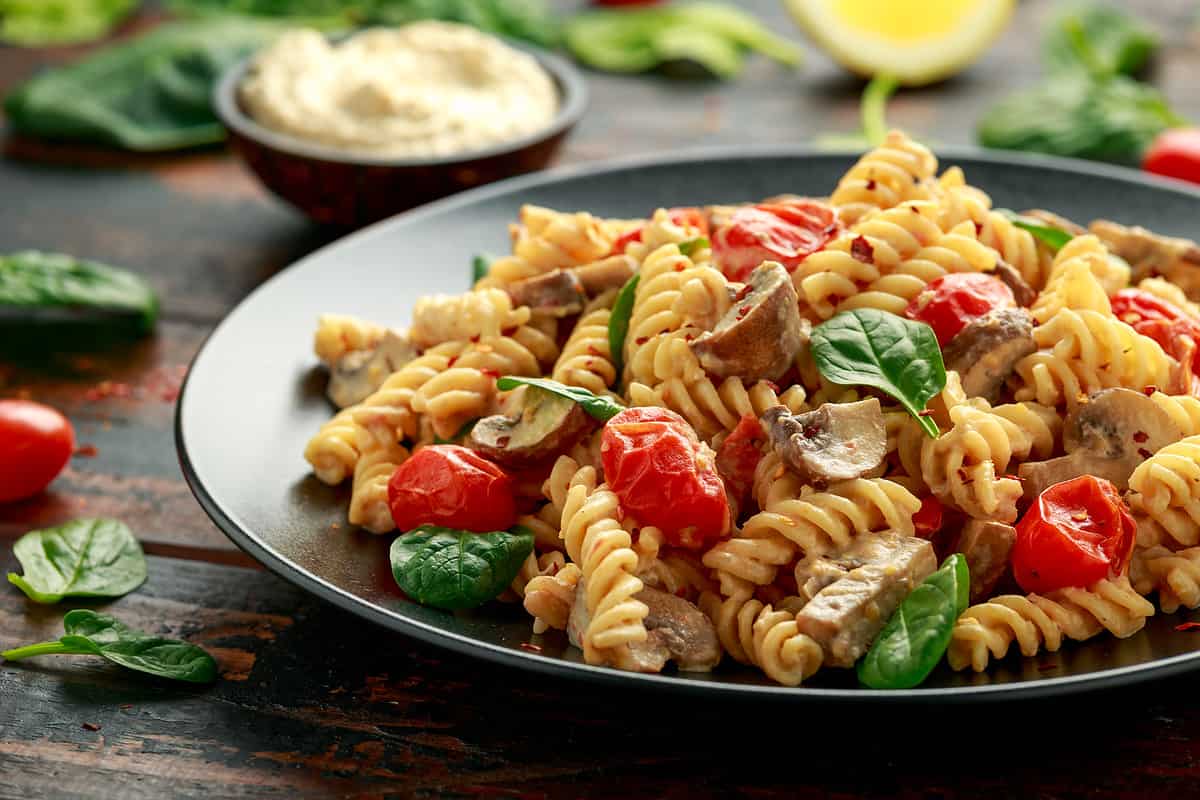
©iStock.com/DronG
Whole Wheat vs. Whole Grain Pasta: Health Value
Backed by the FDA, whole wheat and whole grain pasta have been claimed to reduce the risk of coronary heart disease and certain cancers. These pastas are nutrient dense with protein, complex carbs, fiber, iron, zinc, and magnesium. Whole wheat and whole grain pasta are known to be healthier than regular pasta since regular pasta is refined and the nutrients are stripped away.
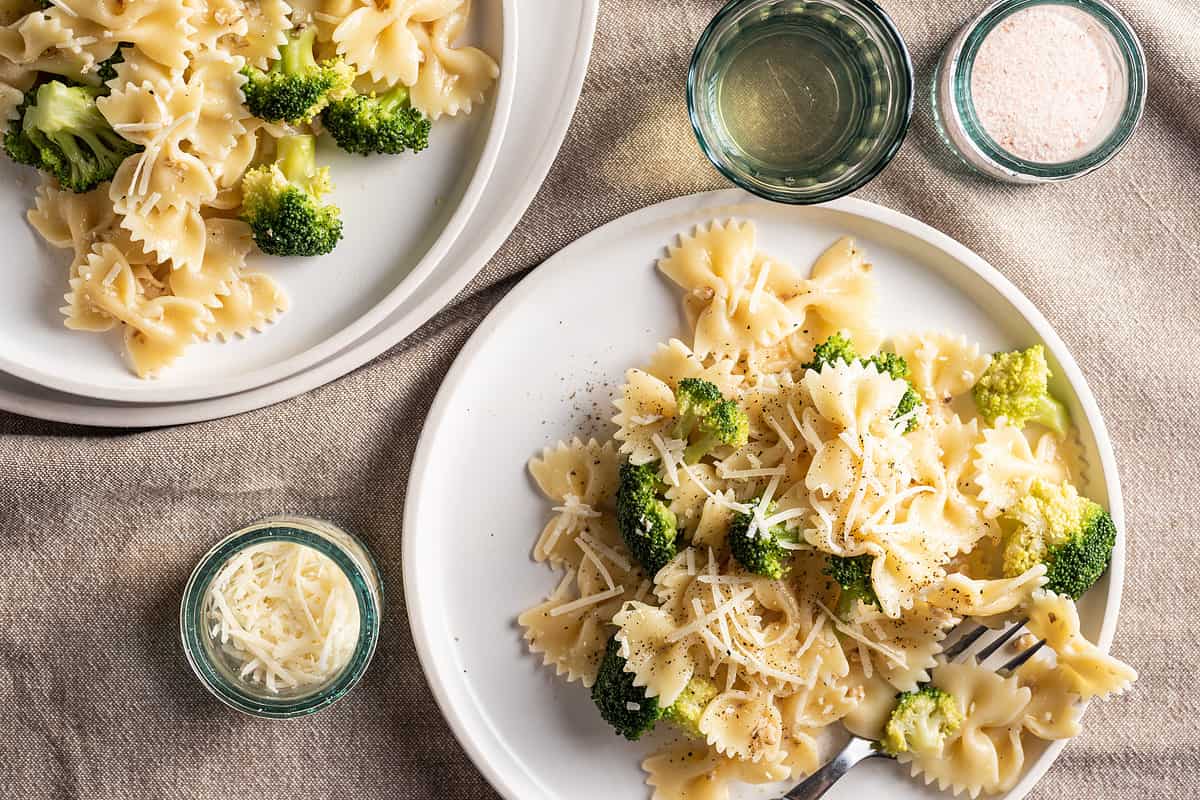
©iStock.com/Mateusz Siuta
Whole Wheat vs. Whole Grain Pasta: Which is Better?
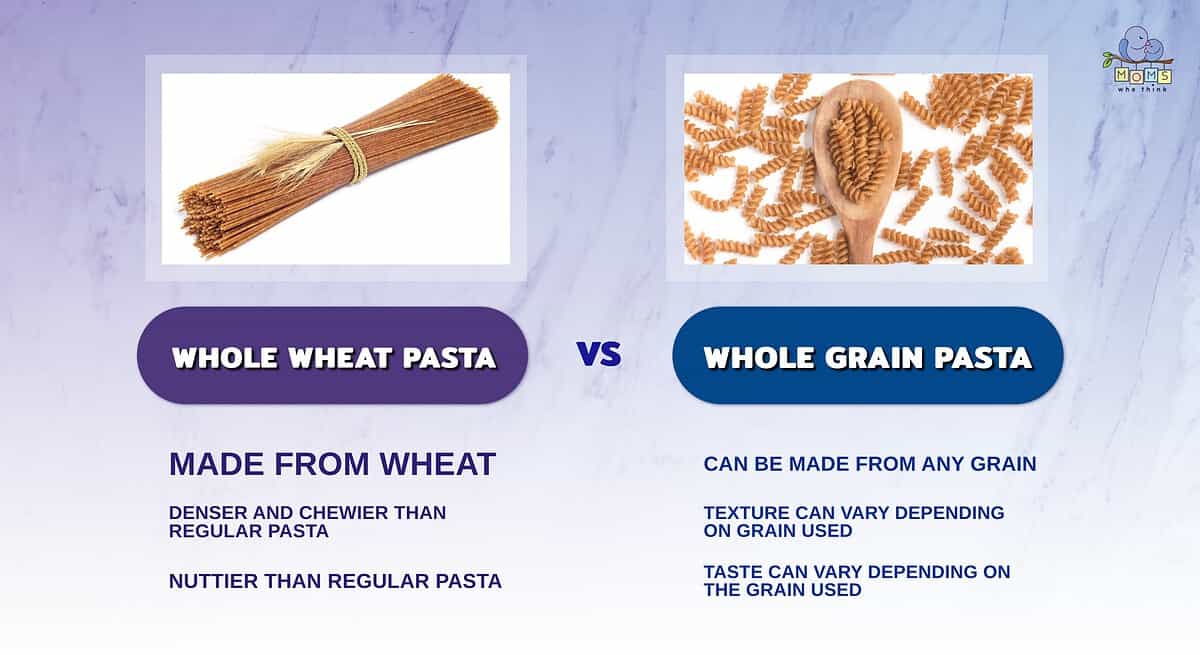
- Whole grain pasta can be made from any grain, while whole wheat pasta has to be made from wheat. Whole wheat pasta is a type of whole grain pasta.
- Whole wheat pasta is denser and chewier than regular pasta. The texture of other whole grain pastas depends on the grain being used.
- In addition to the variance in texture, the flavor of whole grain pasta can change depending on the grain being used. Whole wheat pasta is nuttier than regular pasta.
Ultimately, one is not better than the other since whole wheat is a type of whole grain pasta.
Depending on the type of dish you plan on cooking, certain whole wheat pastas or a combination of whole grain pastas can be a great addition to any meal. Overall, they are more nutritious than their processed competitor, have more fiber which leaves you feeling fuller, and can often be used as a healthier substitute.
Our Favorite Pasta Recipes
Print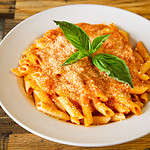
Creamy Pink Penne Pasta
Ingredients
1 package (16 ounces) whole wheat or whole grain penne pasta
1 cup thinly sliced onions
2 Tablespoons butter
2 Tablespoons minced fresh thyme or 2 teaspoons dried thyme
2 Tablespoons minced fresh basil or 2 teaspoons dried basil
1 teaspoon salt
1½ cups half and half cream, divided
½ cup white wine or reduced sodium chicken broth
1 Tablespoon tomato paste
2 Tablespoons flour
½ cup shredded Parmigiano Reggiano cheese, divided
Instructions
1. Cook penne according to package directions.
2. While pasta is cooking, cook onions in butter in a large nonstick frying pan over medium heat for 8 minutes, or until lightly browned.
3. Add the thyme, basil and salt; cook an additional 2 minutes.
4. Add 1 cup cream, wine and tomato paste; cook and stir until blended.
5. In a small bowl, combine flour and remaining cream, whisking until smooth.
6. Gradually stir the flour mixture into the sauce in the frying pan.
7. Bring to a boil; cook and stir for 2 minutes or until thickened. Stir in ¼ cup of the cheese.
8. Drain penne. Toss with sauce, coating thoroughly. Sprinkle with remaining cheese.
- Angel Hair Pasta Tomatoes Basil Garlic Recipe
- Baked Spaghetti Recipe
- Garlic Spaghetti with Broccoli Recipe
